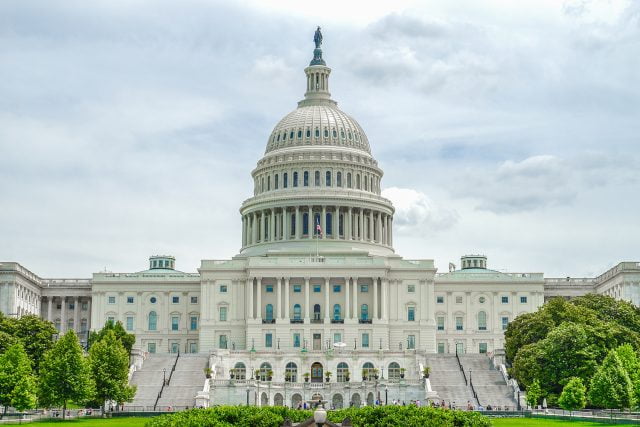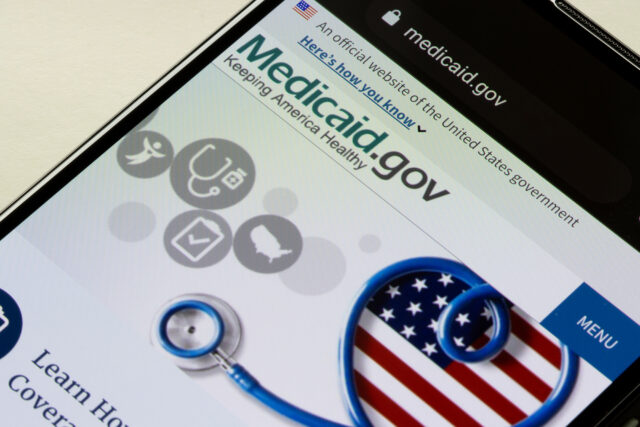
The Federal Government Should Fix the Pension Coverage Gap
Alicia H. Munnell is a columnist for MarketWatch and senior advisor of the Center for Retirement Research at Boston College.
Fifty state plans can’t be the answer; Congressman Neal has the better idea.
As noted before, the coverage gap is the most serious problem in the private sector retirement system. At any moment in time, less than half of private sector workers are offered any type of retirement plan by their employer. Since people rarely save outside of organized savings mechanisms, those without coverage do not accumulate retirement assets.
Right now, I am worried about Massachusetts. Like the rest of the nation, about half of the state’s private sector workers have no plan. The state’s response to date has been to launch a multiple-employer 401(k) plan open to non-profits with 20 employees or fewer. The idea is to relieve small employers of the administrative and fiduciary burden of offering their own plans, and, through economies of scale, reduce the fees and expenses generally associated with running a small 401(k). The problem is that Massachusetts’ approach is not only limited in terms of its target population, but also relies on each employer to make the decision of whether to participate.
If the problem is to be solved at the state level, Massachusetts needs an “Auto-IRA” program, like the one already up and running in Oregon. Employers without a plan would be required to automatically deposit a percentage of each employee’s earnings in an Individual Retirement Account (IRA). The employee would retain the ability to opt out.
But adding another state to the roster of those developing their own retirement systems can’t be the right answer. Who wants a country with 50 different programs for uncovered private sector workers? I would think such an arrangement would create enormous headaches for large companies operating in many jurisdictions.
Congress Richard Neal (D-MA) has a proposal that would solve the problem at the national level. The Automatic Retirement Plan Act of 2017 would require all employers – with more than 10 employees that have been in business for three years – to automatically enroll their employees and contribute 6 percent of their salary to a 401(k). For those who did not opt out, their contribution rate would be increased by one percent each year until it reached 10 percent.
The Neal bill is not the first to propose a federal solution to the coverage problem, but it’s the one now on the table. It would be wonderful if the Congress could move on this issue before we well-intentioned fixers create a labyrinth of complicated structures.






